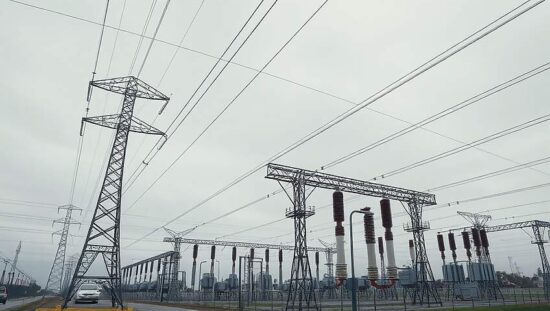Germany’s electricity generation in the first half of 2025 totaled 221 billion kilowatt-hours, a slight increase of 0.3% compared to the same period in 2024, according to preliminary data released by the Federal Statistical Office (Destatis).
Renewable energy sources accounted for 127.7 billion kilowatt-hours, representing 57.8% of domestically produced electricity – a decrease from 61.6% in the first half of 2024. Conversely, the generation of electricity from conventional energy sources rose by 10.1% to 93.2 billion kilowatt-hours, constituting 42.2% of the national electricity production.
Wind power generation experienced a considerable decline of 18.1% to 60.2 billion kilowatt-hours, attributed to unusually weak wind conditions. Despite this drop, wind energy remains the primary energy source, contributing 27.2% to the domestic electricity mix.
Photovoltaic (PV) electricity production demonstrated significant growth, increasing by 27.9% to 39.3 billion kilowatt-hours. PV now represents 17.8% of the total electricity generated, securing the third position in the domestic electricity production ranking. This increase is primarily due to the installation of new PV systems and a higher-than-average number of sunny days.
Power generation from coal-fired plants rose by 9.3% to 50.3 billion kilowatt-hours, maintaining its position as the second most important energy source, accounting for 22.7% of the total electricity production.
Electricity generation from natural gas also increased, growing by 11.6% to 35.8 billion kilowatt-hours. However, the robust growth in PV generation resulted in natural gas falling to fourth place within the key energy sources, representing 16.2% of the overall electricity production.
Germany’s electricity imports edged up by 0.8% to 37.8 billion kilowatt-hours, while exports increased by a more substantial 6.5% to 29.5 billion kilowatt-hours. Consequently, a notably higher quantity of electricity was imported compared to what was exported. The surplus decreased from 9.8 billion kilowatt-hours in the first half of 2024 to 8.3 billion kilowatt-hours in the first half of 2025, coupled with a slight dip in overall electricity demand. This resulted in a marginal reduction of 0.4% in the total quantity of electricity available and demanded within Germany, reaching 229.2 billion kilowatt-hours.





